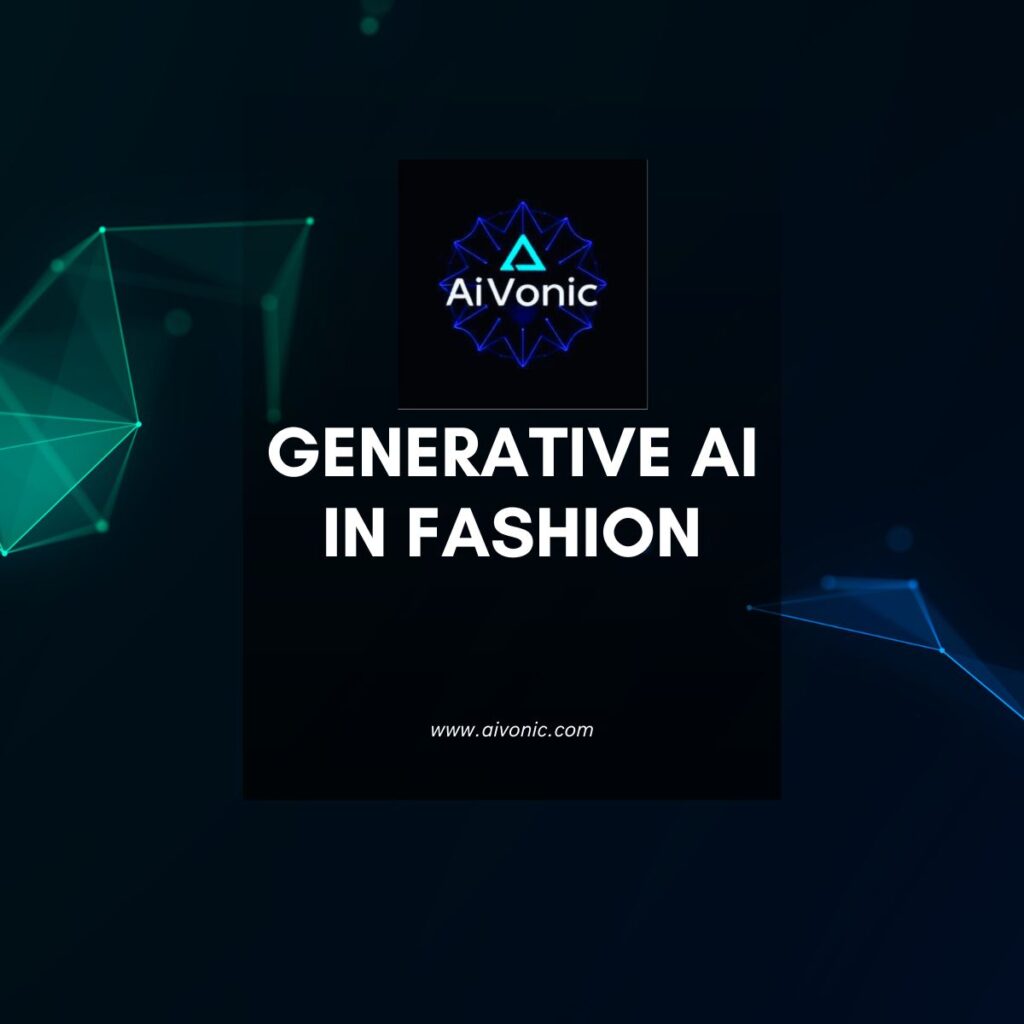
1. Designing Fashion Trends
Generative AI tools like DALL·E, MidJourney, and Runway ML are empowering designers with limitless creativity. They can instantly generate fresh ideas for garments, accessories, and even entire collections by combining various styles, textures, and colors. AI analyzes historical trends, current fads, and cultural nuances to propose designs that resonate with modern consumers while maintaining artistic integrity.
For instance, an AI might suggest blending classic vintage silhouettes with futuristic fabrics, offering combinations that human designers may not easily conceive. This innovation helps fashion houses stay ahead of trends and fosters boundary-pushing creativity.
2. Customizing Outfits
With advanced algorithms, AI can personalize fashion like never before. By collecting data such as customer preferences, body measurements, skin tones, and even lifestyle, generative AI creates bespoke designs tailored to individual needs. This approach not only enhances customer satisfaction but also makes fashion more inclusive and diverse, accommodating all body types and aesthetic preferences.
AI-based virtual try-ons further personalize shopping experiences. Customers can see how a garment fits and looks on their virtual avatars before making a purchase, reducing returns and boosting confidence in online shopping.
3. Demand Forecasting and Sustainability
Generative AI isn’t just about creating; it’s also about optimizing. By analyzing consumer data, purchasing behaviors, and market trends, AI predicts which styles, colors, or collections will be most in demand. Brands can then tailor production schedules, avoiding overstock and reducing waste.
This predictive capability supports sustainable fashion initiatives, as companies can minimize overproduction and decrease their environmental footprint. AI-driven inventory management ensures resources are used efficiently, aligning with the growing consumer demand for eco-conscious practices.
The Future of AI-Powered Fashion
Generative AI is not just a tool; it’s becoming a co-creator in the fashion world. By bridging creativity with technology, it’s enabling designers to innovate faster, giving customers more personalized experiences, and fostering a more sustainable industry. This blend of art, science, and tech signals an exciting era where fashion becomes more adaptive, inclusive, and responsible.


